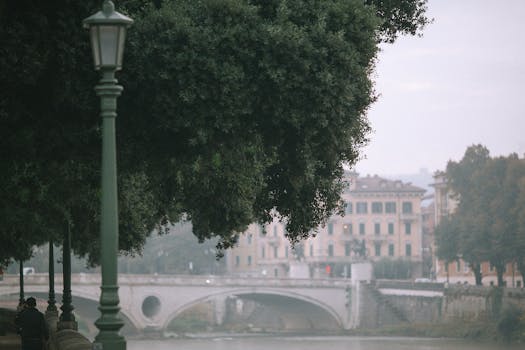
Urban Green Spaces: The Future of Outdoor Living in European Cities by 2025
Urban Green Spaces are the future of outdoor living in European cities. As the world becomes increasingly urbanized, the need for green spaces in cities is becoming more and more important. These spaces not only provide a tranquil escape from the hustle and bustle of city life but also play a crucial role in maintaining the physical and mental health of urban residents.
Introduction to Urban Green Spaces
Urban green spaces refer to any area in a city that is covered with vegetation, such as parks, gardens, and green roofs. These spaces can be public or private and can range in size from small gardens to large parks. Urban green spaces are essential for maintaining the quality of life in cities and are becoming increasingly important as the world becomes more urbanized.
Benefits of Urban Green Spaces
Urban green spaces have numerous benefits, including:
- Improved air quality: Vegetation in urban green spaces helps to remove pollutants from the air, improving the overall air quality in cities.
- Reduced noise pollution: Urban green spaces can act as a buffer against noise pollution, reducing the amount of noise that enters homes and other buildings.
- Increased biodiversity: Urban green spaces provide habitats for a wide range of plants and animals, increasing biodiversity in cities.
- Improved mental health: Spending time in urban green spaces has been shown to reduce stress and improve mental health.
- Increased physical activity: Urban green spaces provide opportunities for physical activity, such as walking, cycling, and sports.
Challenges Facing Urban Green Spaces
Despite the numerous benefits of urban green spaces, there are several challenges facing these areas, including:
- Lack of funding: Many urban green spaces are underfunded, making it difficult to maintain and improve these areas.
- Urbanization: As cities continue to grow, urban green spaces are often lost to development.
- Climate change: Climate change is altering the types of plants that can be grown in urban green spaces, making it difficult to maintain these areas.
The Future of Urban Green Spaces in European Cities
By 2025, urban green spaces will play an even more important role in European cities. As the population of Europe continues to urbanize, the need for green spaces will become more pressing. To address this need, cities will need to find innovative ways to create and maintain urban green spaces. This may include:
- Green roofs: Green roofs are an excellent way to create urban green spaces in areas where land is limited.
- Vertical gardens: Vertical gardens are another way to create urban green spaces in areas where land is limited.
- Community-led initiatives: Community-led initiatives can help to create and maintain urban green spaces, engaging local residents in the process.
Conclusion
Urban Green Spaces are the future of outdoor living in European cities. As the world becomes increasingly urbanized, the need for green spaces in cities will become more and more important. By understanding the benefits and challenges of urban green spaces, we can work towards creating more sustainable and livable cities for the future.






